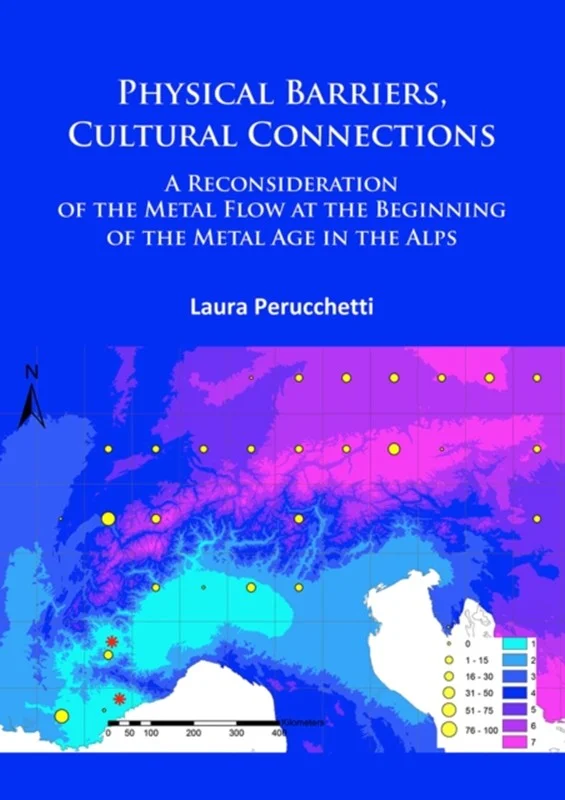Glass, Wax and Metal: Lighting Technologies in Late Antique, Byzantine and Medieval Times - - Bog - Archaeopress - Plusbog.dk
Presenting papers from two International Lychnological Association (ILA) Round Tables, this volume provides an extensive look at the technological development of lighting and lighting devices during Late Antiquity and the Middle Ages in Western Europe and Byzantium. A time of major economic, geopolitical and social changes, there were also radical modifications in lighting devices, as terracotta mold-made lamps, very common throughout the earlier days of the Roman Empire, were replaced by devices that used glass containers to hold oil, candles made of beeswax, and metals to create a wide variety of holders for the newer glass lamp vessels and candles. Discussions included such diverse subjects as lighting devices used in medieval times in Scandinavian mines, the Byzantine use of light for long-distance signaling, castle illumination, polykandela designs and the spiritual significance of light. The scholars used as their source material not only artifacts from museums and excavated contexts, but also written sources and depictions of lighting devices on mosaics, frescos, icons, textiles and manuscripts to help complete their notions about lighting in these eras. The majority of the twenty-nine papers published in this volume were presented at the third International Round Table under the title ‘Dark Ages? History and archaeology of lighting devices in Continental Europe, from late Antiquity to late Medieval Ages’ in Olten, Switzerland in September 2007 and at the fourth International Round Table under the title ‘Lighting in Byzantium’ in Thessaloniki, Greece in October 2011. In many cases the length of each paper is a clear reflection of how little or well-studied the presented topic is. A few discussions on some artifacts dated after 1500 AD are included because they represent and reflect the technological evolution of lighting related to the Middle Ages. Both ILA Round Tables considered the use of lighting devices in everyday and ecclesiastical life and discussed their many aspects, including their terminology, typology, chronology, manufacturing techniques, and symbolic functions. The great breadth of lighting technologies available in those ‘Dark Ages’ becomes apparent through the diversity of the discussions, which reflect the great variety of materials used to create lighting devices.

















































